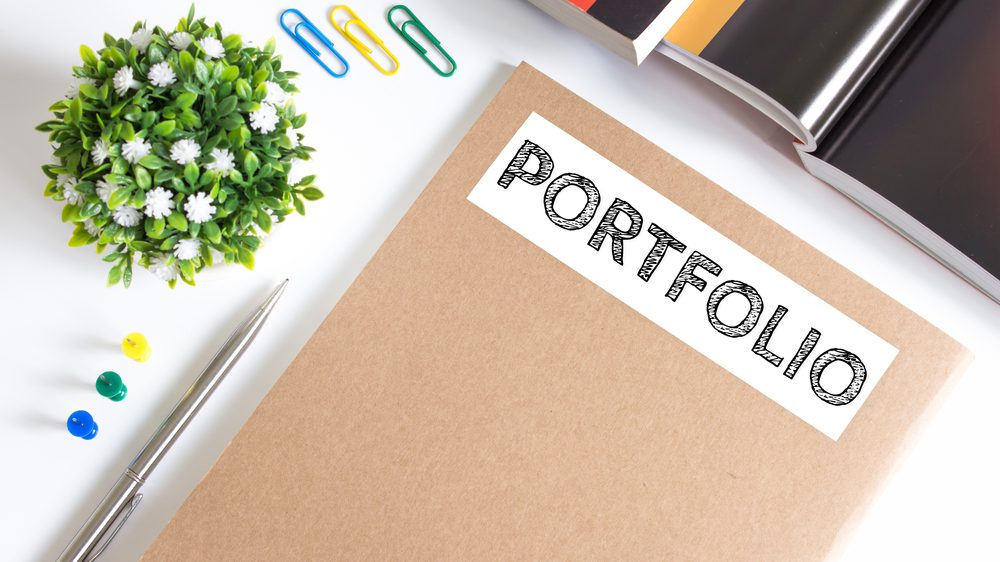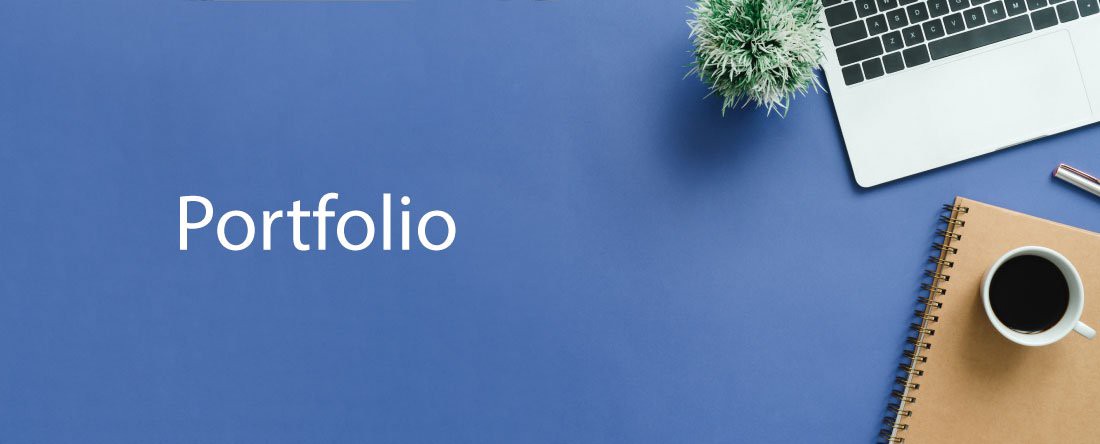
More and more often one can come across the phrase in vacancy announcements: “Please attach a portfolio to your resume”. What is a resume portfolio? How to prepare it? And do you really need a portfolio? Key recommendations.
Touches for the portrait of the applicant
“Portfolio” sounds beautiful, but translated from a foreign language it means just “a portfolio with documents.” But in the business world, this word means: “list of completed work”, which gives an idea of the applicant as a professional, specialist in a particular field.
The task of the portfolio and its contents: photos, publications, video and audio fragments – to add finishing touches to your portrait, to show the employer what you are capable of. Sometimes it is enough to attach a couple of links to the site where your work is located on your resume. That’s what a resume portfolio is!
Portfolio in resume. Do you need it?
Do all specialists need a portfolio for successful employment? No, not everyone! But only if:
- you are a representative of the creative profession (designer, model, photographer, teacher, architect, PR manager, etc.);
- your work is the creation of something fundamentally new (drawings, design projects, articles, codes, photography samples);
- the employer asks to attach a portfolio to the resume.
But for those whose work is connected with clear instructions, laws, circulars, a portfolio is not required. Secretaries, accountants, waiters, HR specialists, system administrators can successfully get a desired vacancy without a portfolio, with only one resume.
In what order should the work in the portfolio be presented?
It is better to place the works in chronology – so the recruiter will see all the stages of your development as a professional. Placement of works by style, genre or direction is allowed. After choosing this placement option, at the beginning and at the end of the portfolio, place the most successful examples, taking into account the psychology of perception. In short, you can do both.
What to put in the portfolio?
The domestic labor market does not yet have strict rules for the design and content of the portfolio. Therefore, the size of the “business portfolio”, its content, appearance is at your discretion. For example, designers and artists give preference to albums with layouts of works or CDs, web designers and programmers “put links to sites and screenshots in their portfolio”, representatives of “pen and words” “in their portfolio” put files with articles from various publications.

IMPORTANT!
In no case should there be family photos in a business portfolio. The recommendation might seem ridiculous if recruiters hadn’t seen pictures with the captions: “Me and my Barsik at the dacha” in the “portfolios” of applicants. Agree, such a picture is unlikely to contribute to a business career.
Give neatness!
Undoubtedly, the main thing in a portfolio is its content. And the form is nothing more than an effective addition. But nevertheless, the appearance of your “business portfolio” can tell a lot to an employer. For example, about your organization, perseverance, accuracy. Don’t forget about it.
No plagiarism!
The worst thing that can be found is the desire to make a good impression on the employer by using other people’s work.
For example, the designer changed only the slogan about the product in the popular packaging, but the whole main creative part was done by another specialist. It is very wrong to pass off such a “creation” as your own, in any case they will find out the truth, because the world of professionals is small.
And finally …
Do not deliberately lower the level of your work, fearing that later the employer will always expect only “masterpieces” from you. Employers are not stupid people, they perfectly understand that people put their achievements in a business portfolio. And not reports from everyday creative searches.
